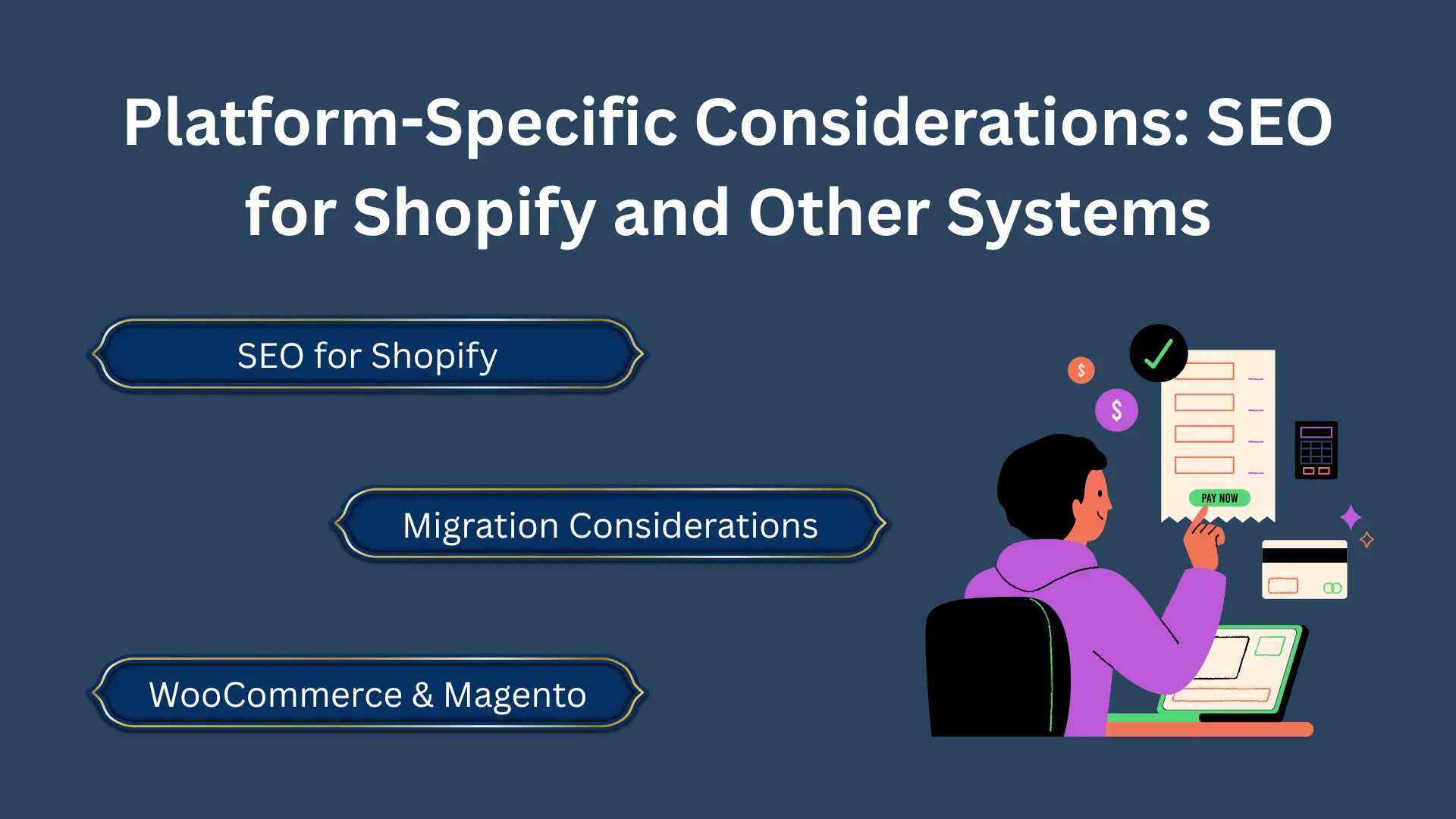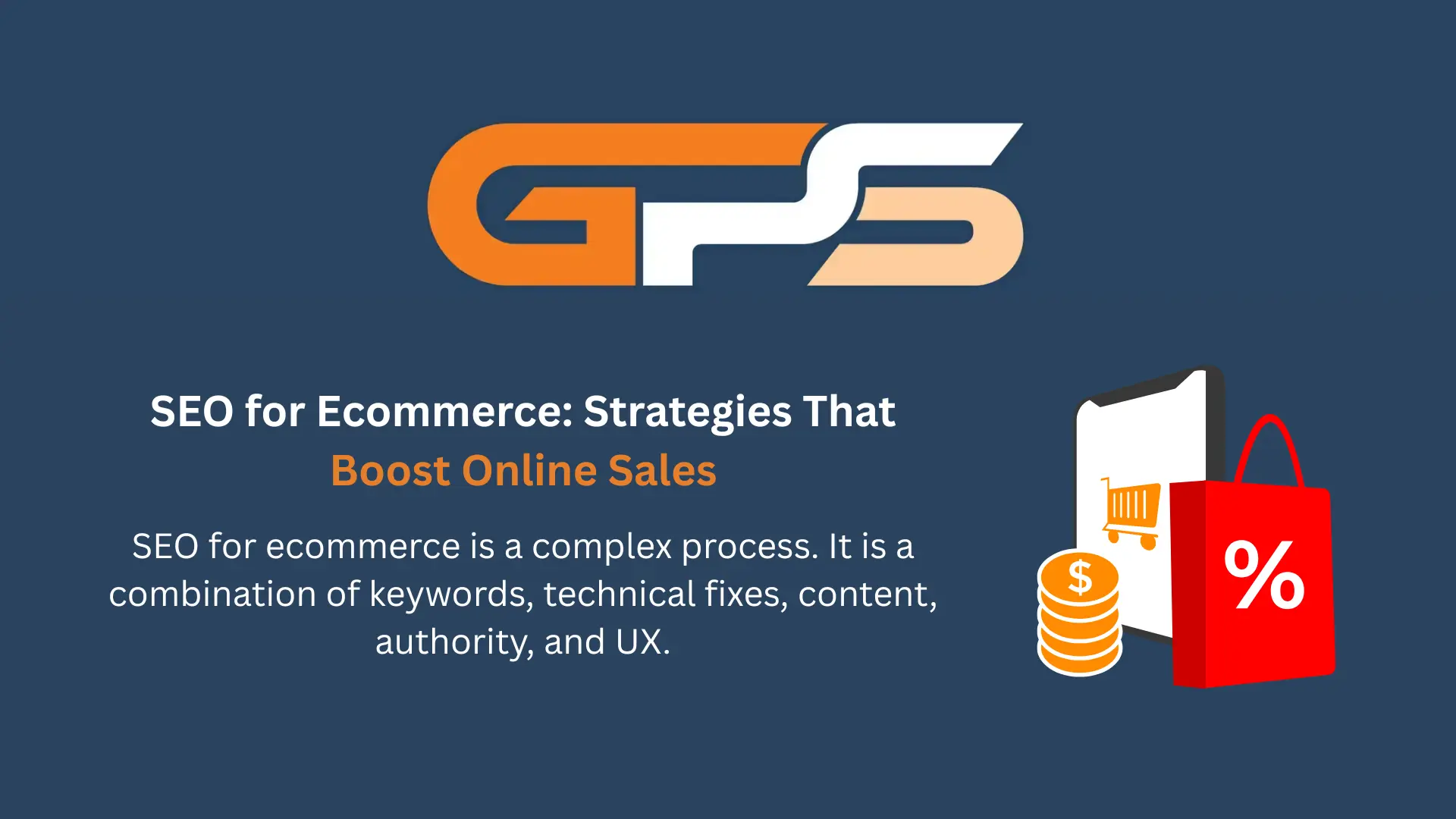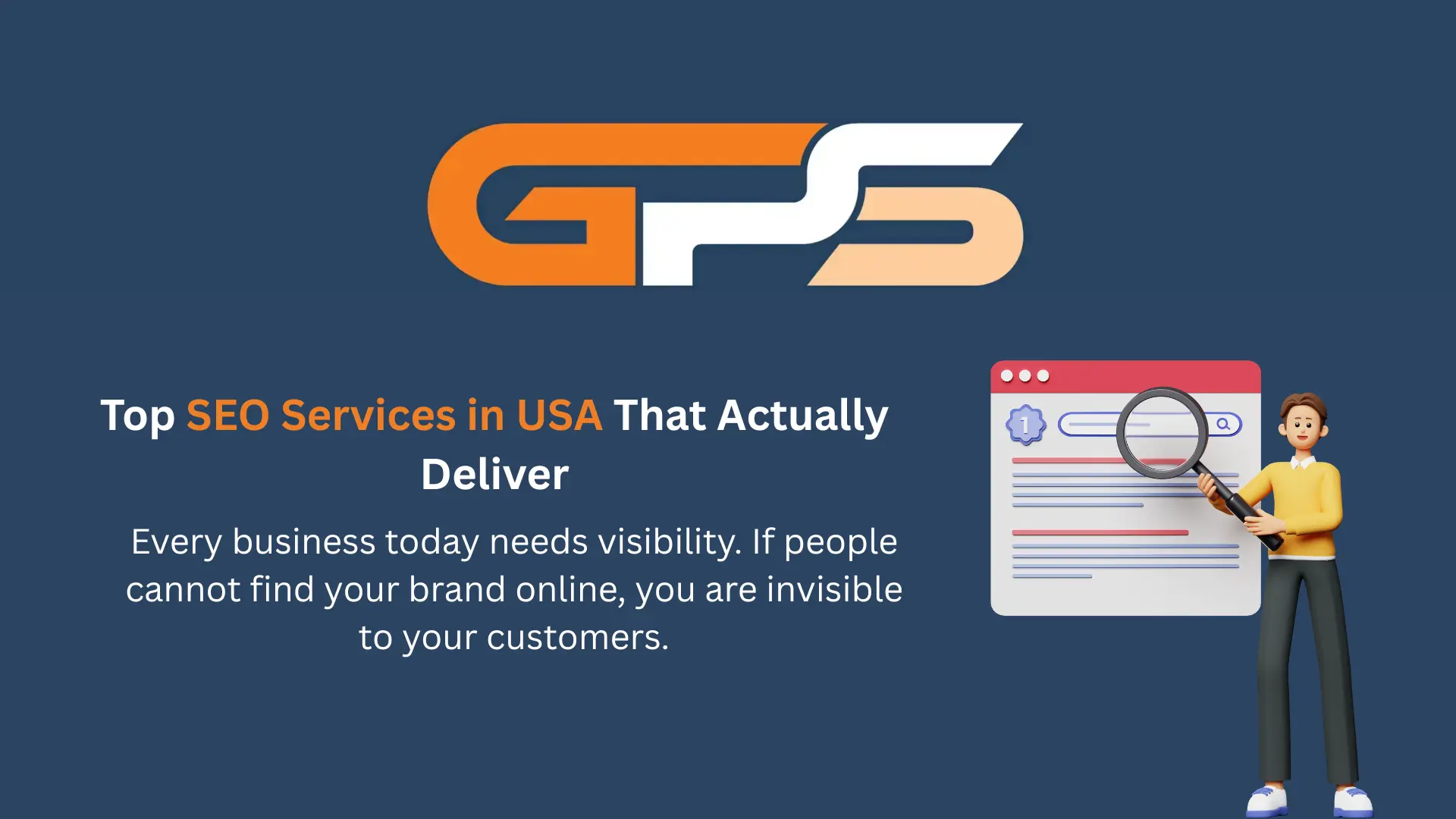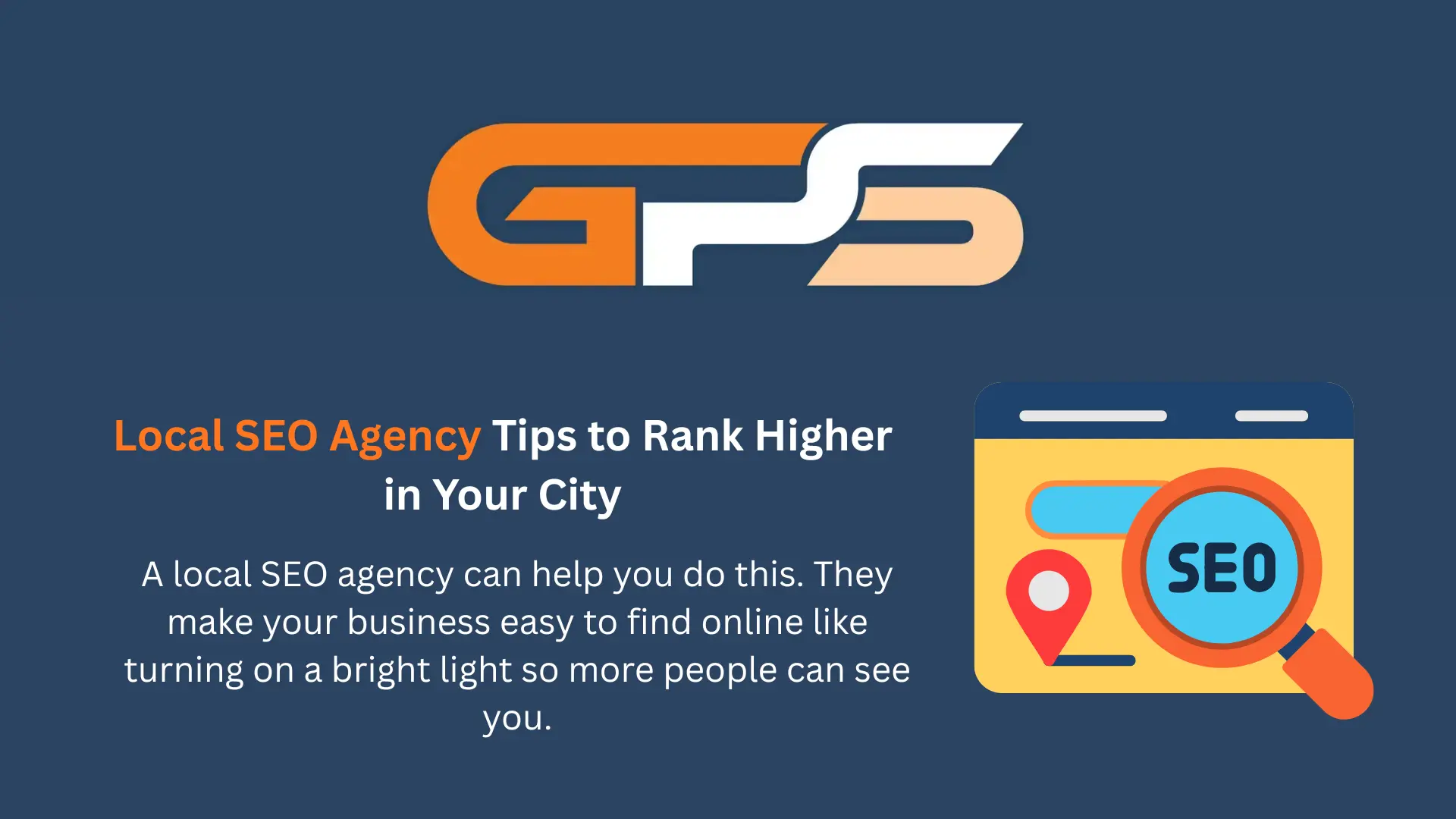SEO for Ecommerce: Strategies That Boost Online Sales
The ultra-connected global marketplace is focusing on SEO for ecommerce. In fact, global online retail sales are forecast to reach $6.42 trillion in 2025. Ecommerce will account for more than 21% of total retail sales. Consequently, the opportunity is massive.
Yet, many storefronts treat SEO as an afterthought instead of a core growth lever. If you sell on Shopify, manage hundreds of SKUs, or run a catalogue-rich site, you face real hurdles. You’ll battle product pages that compete for the same keyword. Encounter technical bottlenecks. Struggle with authority gaps.
That’s precisely why a strong ecommerce SEO plan matters. It should be built around keyword insight, clean architecture, and continuous optimization.
Let’s get started.
Why SEO for Ecommerce Matters
Online shoppers are selective. They click on the first results they trust. If your store doesn’t appear in search results, you miss opportunities. Here’s why SEO is crucial:
- Increased Visibility: High rankings mean more potential customers see your products.
- Better ROI: Organic traffic is cost-effective. Unlike paid ads, SEO keeps paying dividends.
- Trust and Credibility: Appearing on the first page signals reliability to buyers.
- Long-Term Growth: SEO strategies compound over time, boosting sustainable revenue.
In other words, without SEO, even the most beautifully designed store can struggle. Therefore, you might have quality products, but if customers can’t find you, sales drop.
Moreover, SEO has a measurable impact on your site’s performance. Metrics like traffic, conversion rates, and revenue show how well your ecommerce SEO plan works. It’s not just about clicks; it’s about results that affect your bottom line.
Laying the Foundation: Ecommerce SEO Plan Essentials
A solid SEO plan starts with fundamentals. Without them, advanced strategies won’t stick. Here’s what you need to focus on:
1. Keyword Research
Keywords are the backbone of seo for ecommerce. They connect users’ searches to your products. Specifically, start with SEO keyword analysis. Identify high-volume terms and long-tail keywords that reflect buying intent.
For instance:
- “Buy a leather jacket online” (high intent)
- “Best winter jackets 2025” (informational, can lead to product pages)
Map each keyword to the right page, product, category, or blog. This ensures your pages match what users want.
2. Site Architecture
Your site must be easy to navigate. In addition, a clear hierarchy helps both users and search engines. Use a shallow structure where categories are no more than two clicks from the homepage. Include breadcrumbs and internal linking to guide users through your store.
3. Content Planning
Content isn’t just for blogs. Product descriptions, category pages, and even FAQ sections matter. Ensure your content is unique, informative, and optimized with your target keywords. Quality content improves rankings and boosts conversions.
4. Goal Setting
Set measurable objectives. Focus on metrics like:
- Organic traffic
- Keyword rankings
- Conversion rates
- Revenue from organic search
By defining goals, you can monitor SEO performance and calculate SEO ROI, proving that your efforts lead to real sales.

Platform-Specific Considerations: SEO for Shopify and Other Systems
Every platform has its quirks. Shopify, Woo Commerce, and Magento all handle SEO differently. Knowing these nuances can save time and improve results.
-
SEO for Shopify
Shopify is popular but comes with limitations: For example
- Duplicate Content: Product variants can create multiple URLs for the same item. To address this use canonical tags to consolidate authority.
- Site Speed: Apps and themes can slow down your store. Optimize images and limit unnecessary scripts.
- Pagination Issues: Shopify sometimes struggles with paginated collections. Use proper canonicalization and robots, txt rules.
2. Woo Commerce & Magento
These platforms offer more flexibility but require more setup. You’ll need plugins or extensions for SEO tasks like schema markup, XML sitemaps, and canonical tags.
3. Migration Considerations
If switching platforms, plan carefully. Preserve SEO equity, 301 redirect old URLs, and maintain backlinks. A poor migration can wipe out months of SEO work.
Key Areas for Technical SEO Audit to Fix Ranking Issues
Technical issues can silently destroy your SEO. Therefore, conducting a technical seo audit ensures your site runs smoothly and ranks higher.
Key audit areas:
- Crawlability & Indexation: Check robots.txt, sitemaps, and meta tags. Ensure all important pages are crawlable.
- Site Speed: Slow sites frustrate users and search engines. Compress images, minify scripts, and use caching.
- Mobile Optimization: Most ecommerce traffic comes from mobile devices. Use responsive design and test Core Web Vitals.
- Duplicate Content: Consolidate similar pages using canonical tags. Avoid thin content on category pages.
- Structured Data: Implement schema markup for products, reviews, and offers. This improves rich snippets and click-through rates.
- URL Structure & Internal Linking: Flatten deep hierarchies, use descriptive URLs, and link related products and categories.
- Monitoring & Tools: Utilise Google Search Console, Ahrefs, SEMrush, and log file analysis to identify issues promptly and resolve them efficiently.
Fixing technical issues can improve SEO performance and boost your SEO ROI. Your pages will load faster, rank higher, and convert better.
Off-Page & Authority Building: Boosting SEO ROI
On-page SEO is crucial, but authority comes from off-page signals. Moreover, backlinks, guest posting, and social proof all matter.
1. Link Building
Links from reputable sites signal trust to search engines. Focus on:
- Product reviews on blogs
- Influencer partnerships
- Industry directories
- Guest posting (use Guest Posting Solution for strategic outreach)
2. Competitor Analysis
Study competitors’ backlinks. Find high-quality sources they leverage and aim to outperform them. Tools like Ahrefs or SEMrush make this easier.
3. Social Proof & Reviews
Positive reviews, testimonials, and media mentions increase trust and can improve rankings indirectly. Encourage customers to leave reviews and share experiences.
Off-page authority and on-page optimization are the two factors that you need to combine to grow your seo for ecommerce and achieve higher ROI. For expert assistance, particularly with guest posting and authority building, refer to leveraging the Guest Posting Solution. Our strategic outreach can strengthen your ecommerce SEO plan and bring measurable results.
Conversion & UX-Driven SEO: From Traffic to Sales
SEO is not just about traffic; it’s about conversions. In fact, UX plays a massive role in turning visitors into buyers.
Product Page Optimization
First, focus on your product pages. These pages act as the final decision point before purchase. So include high-quality images, bold and clear calls to action (CTAs), and concise yet persuasive product descriptions. Utilise structured data to display ratings, prices, and availability, ensuring your page stands out in search results and fosters trust.
Category Pages
Next, optimise your category pages. Instead of generic lists, use long-tail keywords that reflect purchase intent and detail. That improves both relevance and visibility. Also, add filters and sorting options so visitors can easily navigate to what they need. Thin or shallow content on category pages hurts both UX and SEO, so make sure each category page has enough useful copy, a clear headline, a compelling intro, and relevant products.
Checkout Process
Then, streamline your checkout process. Consequently, every extra step adds friction and increases cart abandonment. Offer multiple payment options, show shipping and return info up front, and minimise forms. Guest checkout is a powerful option. Provide clear progress indicators and a trusted security badge.
Since UX directly influences purchase behavior, simplifying checkout boosts your conversion rate, which in turn improves your SEO ROI (because more of your organic traffic turns into revenue).
Mobile UX
In other words, with more users browsing and buying on mobile devices, your site must perform seamlessly across screens. Test responsiveness, ensure fast loading, and design “thumb-friendly” navigation. Mobile-first design is no longer optional; it’s now mandatory for achieving good UX and solid SEO performance.
When mobile visitors convert better, your engagement metrics improve, and search engines recognize that
A/B Testing
Finally, commit to continuous improvement through A/B testing. Test different layouts on your product pages, try alternative CTAs, tweak copy, and monitor which variants drive higher conversion rates. Even small adjustments can yield meaningful lifts in conversion, and since conversion is the ultimate goal, each gain positively impacts your SEO ROI. Use tools like heatmaps, bounce analytics, and conversion funnels to guide your tests.
![]()
Tracking, Reporting & Continuous Optimization
Therefore, SEO is never “set and forget.” Regular tracking ensures strategies stay effective.
Metrics to Track
- Organic traffic
- Keyword rankings
- Revenue from organic search
- Bounce rate & dwell time
Tools for Monitoring
- Google Analytics & Search Console
- SEMrush or Ahrefs for keyword tracking
- PageSpeed Insights for speed monitoring
Continuous Improvement
Revisit your plan of seo for ecommerce regularly. Refresh content, update product pages, and adapt to algorithm changes. Track competitors and learn from their successes.
Common Pitfalls & How to Avoid Them
Even experienced store owners make mistakes. Watch for these:
- Ignoring platform-specific SEO (like Shopify issues)
- Overlooking technical SEO audits
- Focusing only on broad keywords, ignoring long-tail terms
- Building links without considering conversions
- Neglecting UX and mobile optimization
Avoiding these pitfalls ensures your SEO efforts convert into sales, not just traffic.
Your Actionable Ecommerce SEO Checklist
Step 1: Keyword Research
- Conduct SEO keyword analysis
- Map keywords to product, category, and blog pages
Step 2: Technical Audit
- Check crawlability, indexation, site speed, mobile UX
- Implement schema and canonical tags
Step 3: On-Page Optimization
- Optimize product titles, descriptions, meta tags
- Use structured data and internal linking
Step 4: Off-Page SEO
- Build high-quality backlinks
- Use guest posting (Guest Posting Solution)
- Encourage reviews and social proof
Step 5: Conversion Optimization
- Improve product page UX
- Simplify checkout
- Test CTAs and layouts
Step 6: Tracking & Reporting
- Monitor traffic, rankings, and revenue
- Adjust strategy based on SEO performance and SEO ROI
Conclusion
SEO for ecommerce is a complex process. It is a combination of keywords, technical fixes, content, authority, and UX. When properly executed, it will drive traffic, increase conversions, and revenue.
Start by laying a strong foundation, performing a technical SEO audit to fix ranking issues fast, and tracking your SEO performance regularly. Use insights to refine your strategy, improve your store, and maximize SEO ROI.
Don’t wait. Call 323-471-3483 today and take the first step toward skyrocketing your online sales.
FAQs
How long does ecommerce SEO take to show results?
Ecommerce SEO usually takes 3–6 months to show clear results. Competitive niches, large catalogs, and technical issues may extend timelines. Consistent optimization, strong content, and quality backlinks speed up progress.
Can SEO help if I have many similar products?
Yes. SEO helps manage similar products by using unique descriptions, proper keyword mapping, canonical tags, and strong internal linking. This prevents overlap, improves clarity for search engines, and boosts overall visibility.
How do I avoid duplicate content issues?
Avoid duplicate content by writing unique product descriptions, using canonical tags, blocking filter URLs from indexing, and consolidating similar pages. Regular technical audits help you catch and fix duplicate issues quickly.
Is ecommerce SEO different from normal SEO?
Yes. Ecommerce SEO handles large catalogs, product variants, faceted navigation, and structured data. It focuses on ranking product and category pages, improving conversions, and managing technical challenges unique to online stores.






